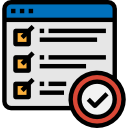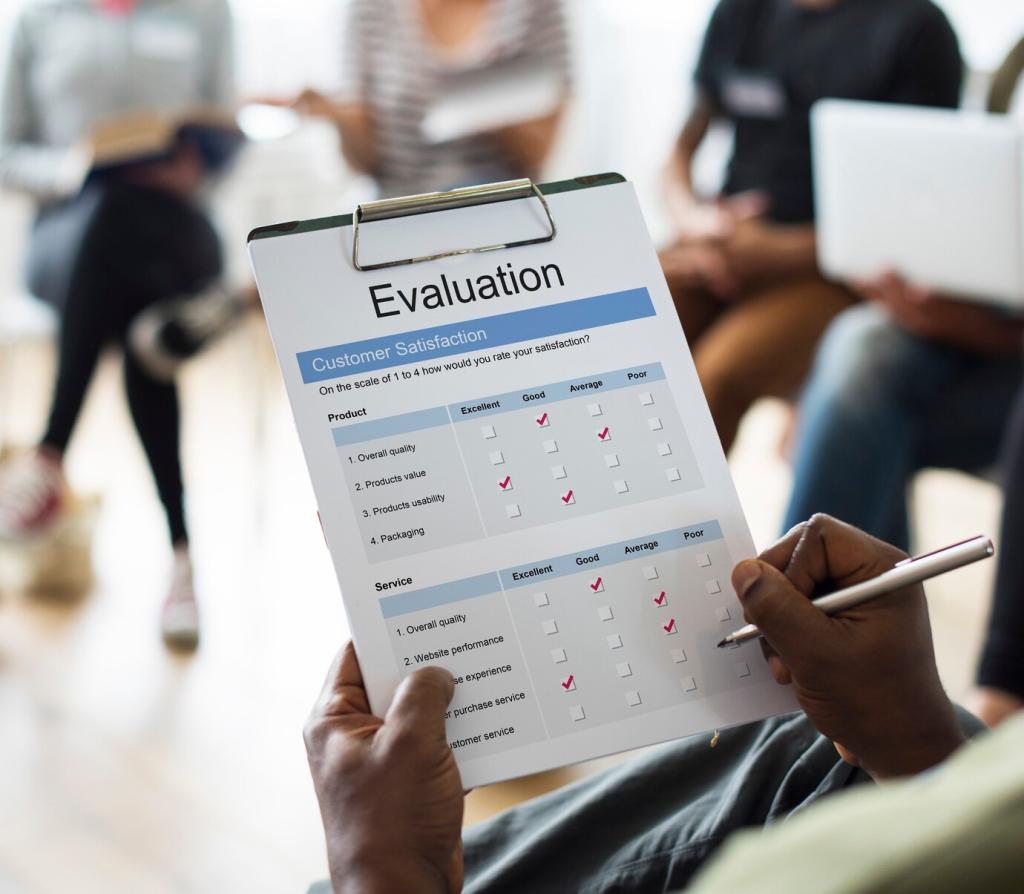Find, Link, and Improve the Right Data
Linking benefits, health visits, and homelessness records can reveal which supports prevent crisis spirals. Use privacy-preserving methods, clear governance, and community oversight. If you have data gaps that block insight, share them, and we’ll explore ethical ways to bridge them.
Find, Link, and Improve the Right Data
Administrative data rarely captures informal care, social stigma, or digital barriers. Short phone or SMS surveys can surface hidden friction points. Ask about missed appointments, confusing letters, or transport costs. What questions would you include to spotlight barriers that numbers miss?
Find, Link, and Improve the Right Data
Messy data tells stories: sudden gaps may signal outreach failures, not user apathy. Document cleaning choices, flag suspicious outliers, and keep raw snapshots for audits. Comment with your toughest cleaning challenge and the one practice that finally made patterns visible.




